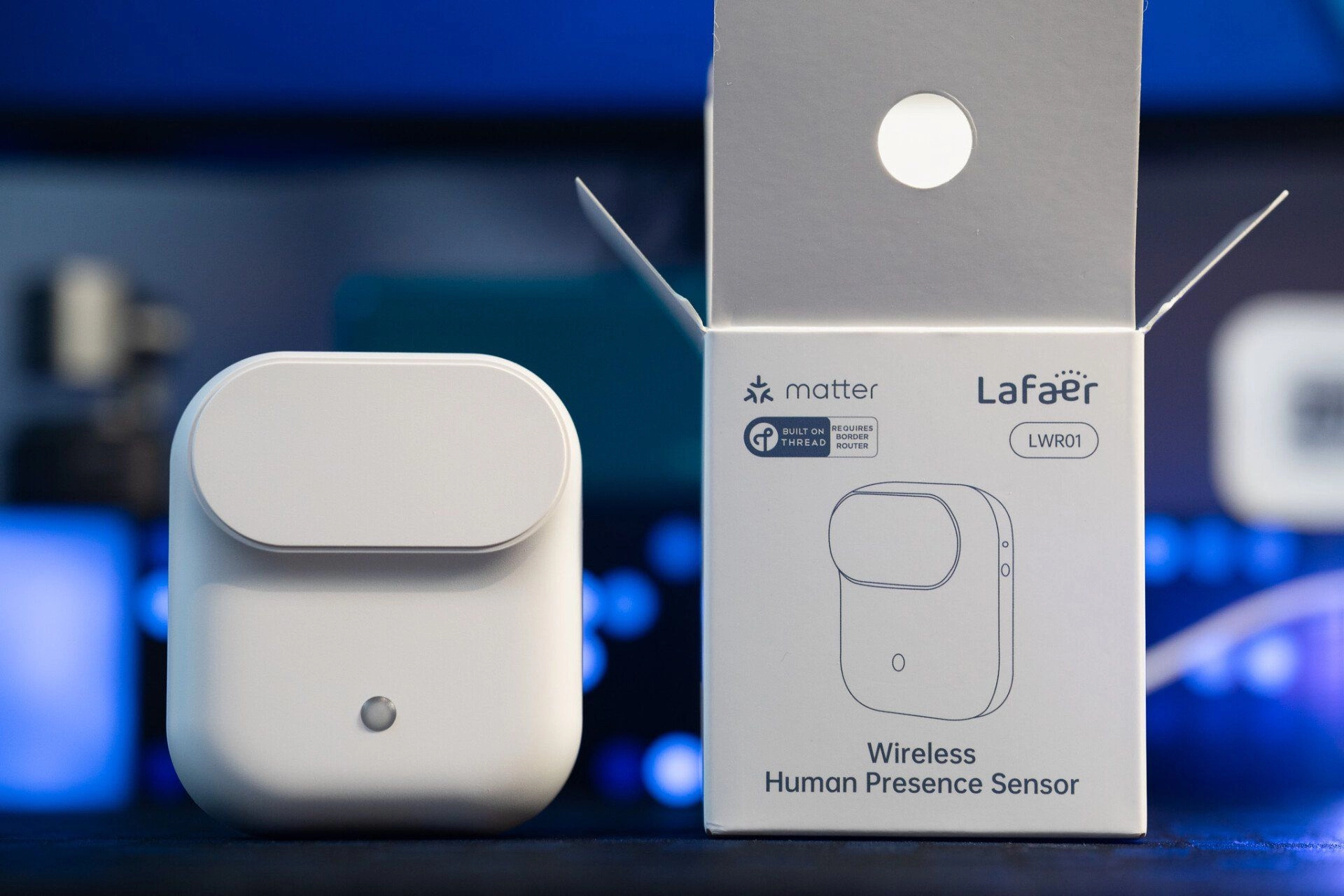The market has been waiting for a capable Matter-over-Thread presence sensor since the spec was finalized. The challenges in this category are significant: it requires delicate fine-tuning for detection and careful power management for batteries, all on top of the still-developing Matter and Thread protocols.
Well, here we are now, with the Lafaer LWR01 Presence Sensor.
It’s probably one of the boldest products from GLiNet’s smart home sister brand, a company famous for its travel and OpenWrt routers. The Lafaer LWR01 has a minimal design, fast detection, fully local features, and an affordable price. However, like most presence sensors on the market, its ghost detection is maddening in certain home spaces and made me struggle quite a lot.
Here are my takes on the sensor from my months of usage.
TL;DR:
Pros:
-
Supports common and rechargeable AA batteries
-
Clean, modern design
-
Flexible installation and power methods
-
Affordable price tag
-
Full local features via Matter and a companion app
-
Water resistance design
Cons:
-
Ghost detection
-
May not recover after a Thread outage
Unboxing and design
The Lafaer LWR01 comes in a solid box that includes the sensor, a user guide with the Matter QR Code, two adhesive wall mount pads, a right-angle USB A-to-C cable, and two AA dry batteries.
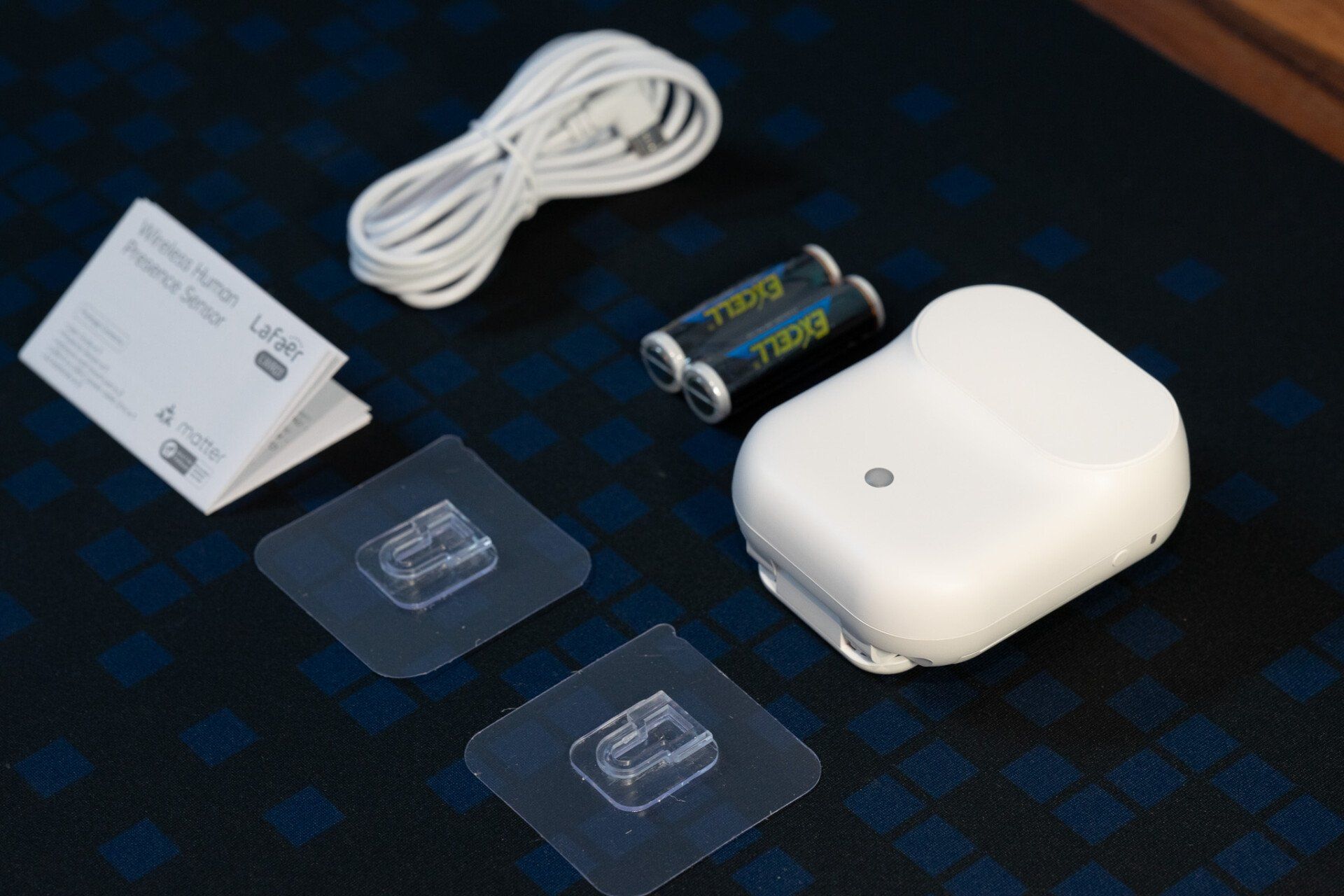
As for the design, the sensor reminds me of a tech gadget that once went viral in the tech community, the Ai Pin. It has a notable “forehead” bump for the radar and a small circular protuberance for the light sensor.
Compared with regular smart sensors, it’s larger and heavier with the AA batteries installed (144g). Ikea’s VALLHORN sensor is a good comparison, which is roughly the same size but smaller. The all-white design, however, should make it less noticeable if you have a minimal home decoration style. The outer case is made of solid plastic with a frosted finish and has proper water and dust-resistant design, with rubber pads visible on the screw and battery closures.
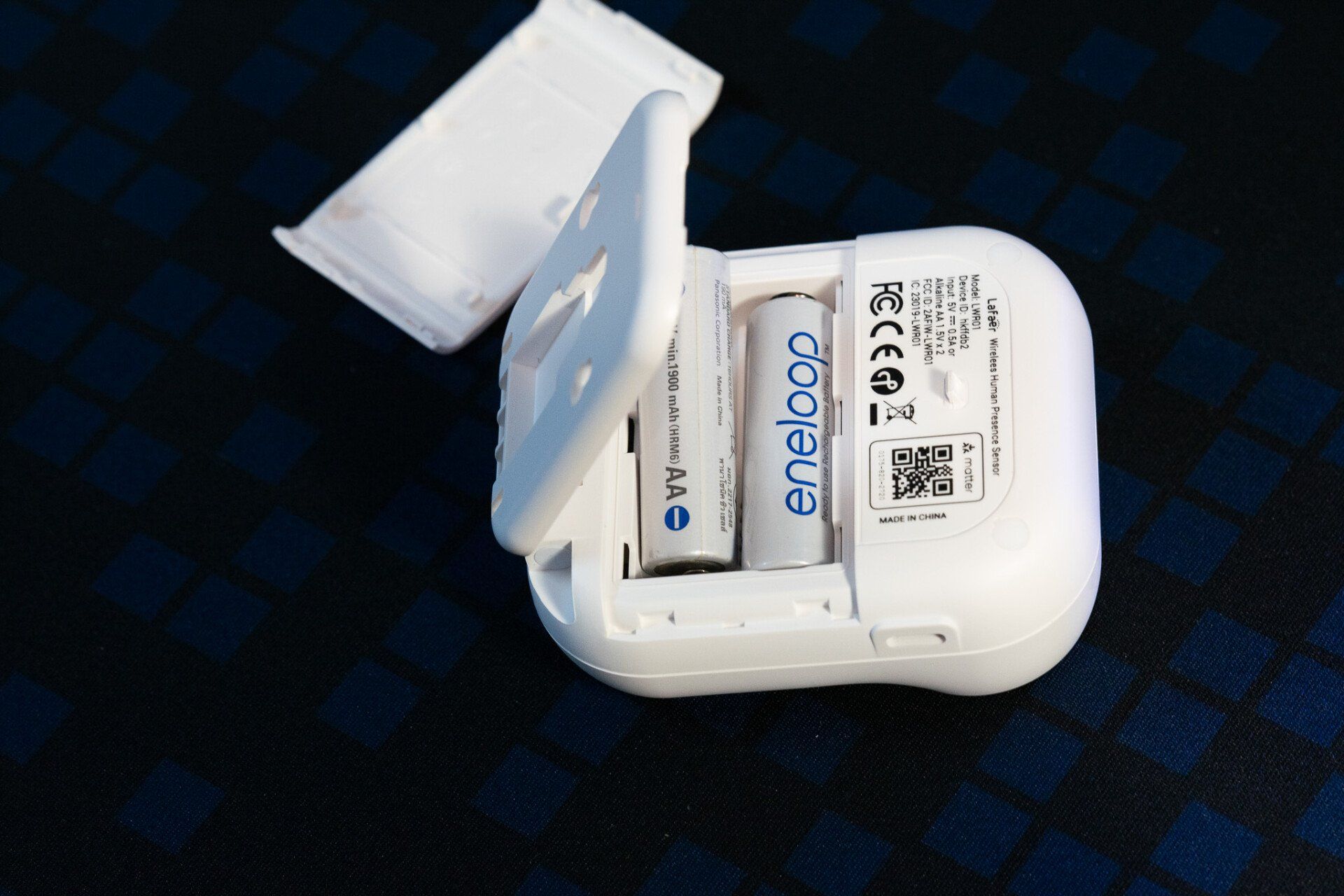
The LED indicator, USB-C port, and action button are built on the side. I find this placement convenient and less disturbing at night. The battery holder is also designed to be accessible without extra tools; a slight lift with a fingernail does the job easily.
Easy installation
The sensor offers different installation methods. You can use a wall mount or simply place it on a tabletop, as it has a flat bottom. When wall-mounted, you can use screws or the included adhesive pads, which should fit most surfaces – smooth tile, cement, or wood.
The adhesive wall mount is very solid. I tried one on a tiled bathroom wall, and there’s no sign of loosening in the past months, unlike certain stickers. Given the bathroom is a place with pumps nearby causing vibration at a relatively high humidity level, the performance met the bottom line. The sensor also has a stand, allowing about 30 degrees of angle adjustment in case you want to mount it higher or reposition its detection direction.
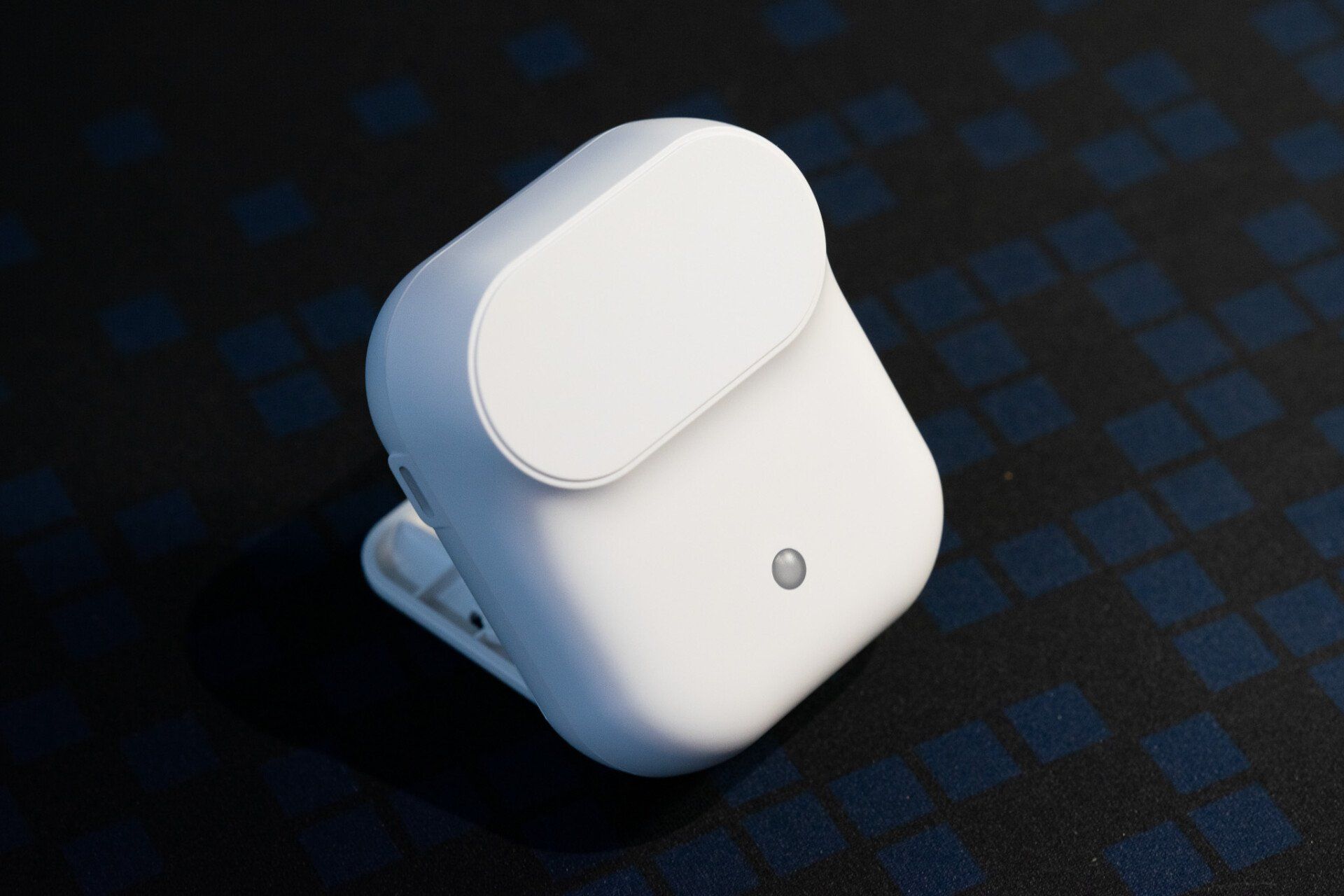
However, I still miss the magnetic pad design commonly seen on such motion sensors. But it makes sense, considering the Lafaer LWR01’s large body and heavy weight with batteries installed.
It can be powered by two AA batteries or a USB adapter, making it convenient for most home spaces, regardless of whether a wall outlet is nearby.
Performance: the miss and the hit
I’ll say the good words first: the Lafaer LWR01 has good performance in connectivity and stability. It pairs with major platforms fast and runs responsibly. The occupancy report is quick and sensitive, while the luminance report usually takes a few seconds, which could be a designed threshold but is still fast.
The battery life is also good. I was using the regular sensitivity mode, and months of use only consumed half of the battery life – not to mention they are 1.2V used rechargeable batteries. I would expect the batteries to last until the end of this year. It’s really nice not needing to find and shop for uncommon battery models, especially as more Thread devices use larger, more expensive CR-type batteries.
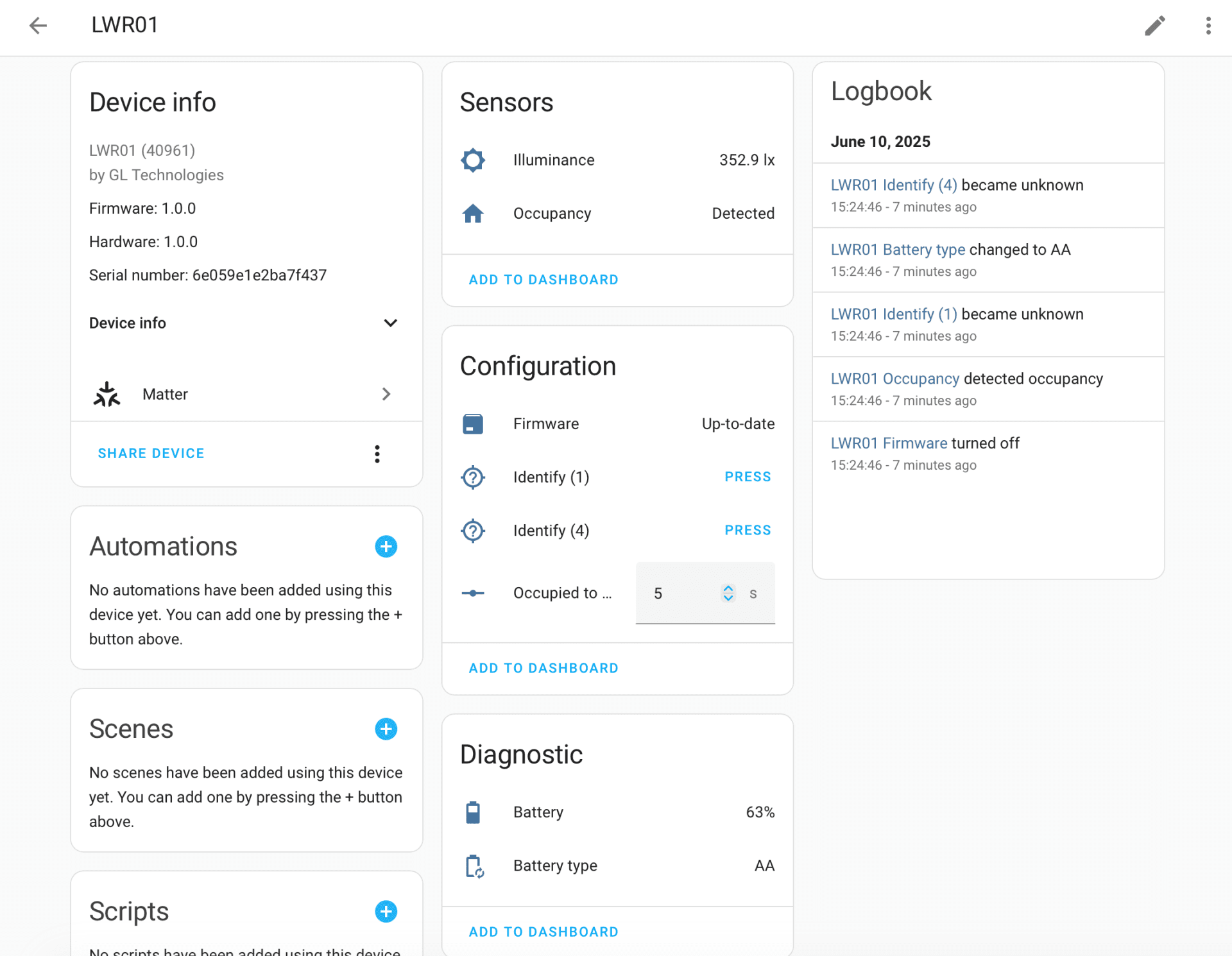
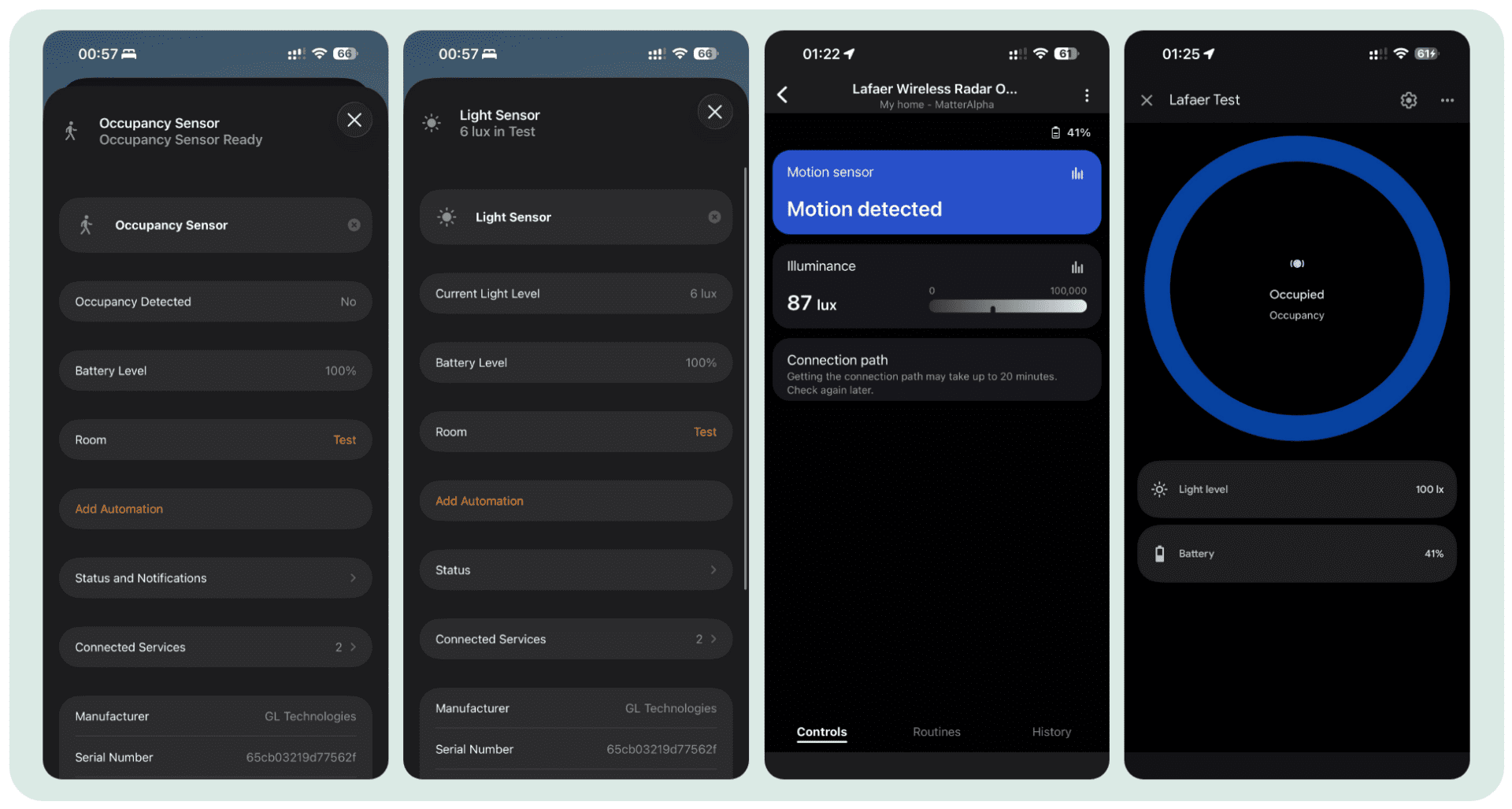
The sensor provides basic features on most Matter platforms: an occupancy sensor, a luminance sensor, and the battery level. For Home Assistant, you can set a hold time, but the sensitivity setting is missing.
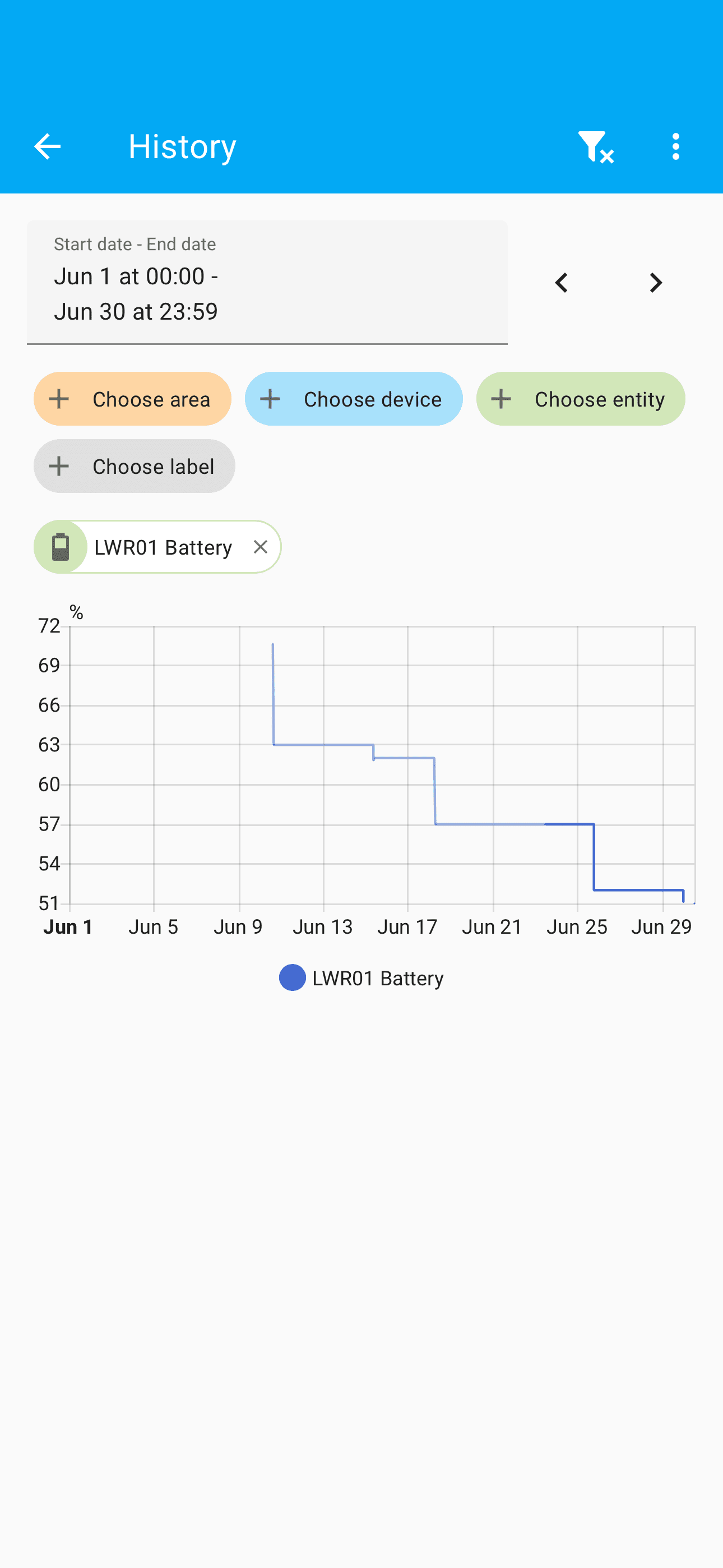
The firm also provides a local-only app that communicates with the sensor via Bluetooth. You can find most of the features in the app, like adaptive learning and sensitivity fine-tuning. I love the visual design, which guides you to adjust the trigger sensitivity and state-holding sensitivity in both simple and advanced modes.
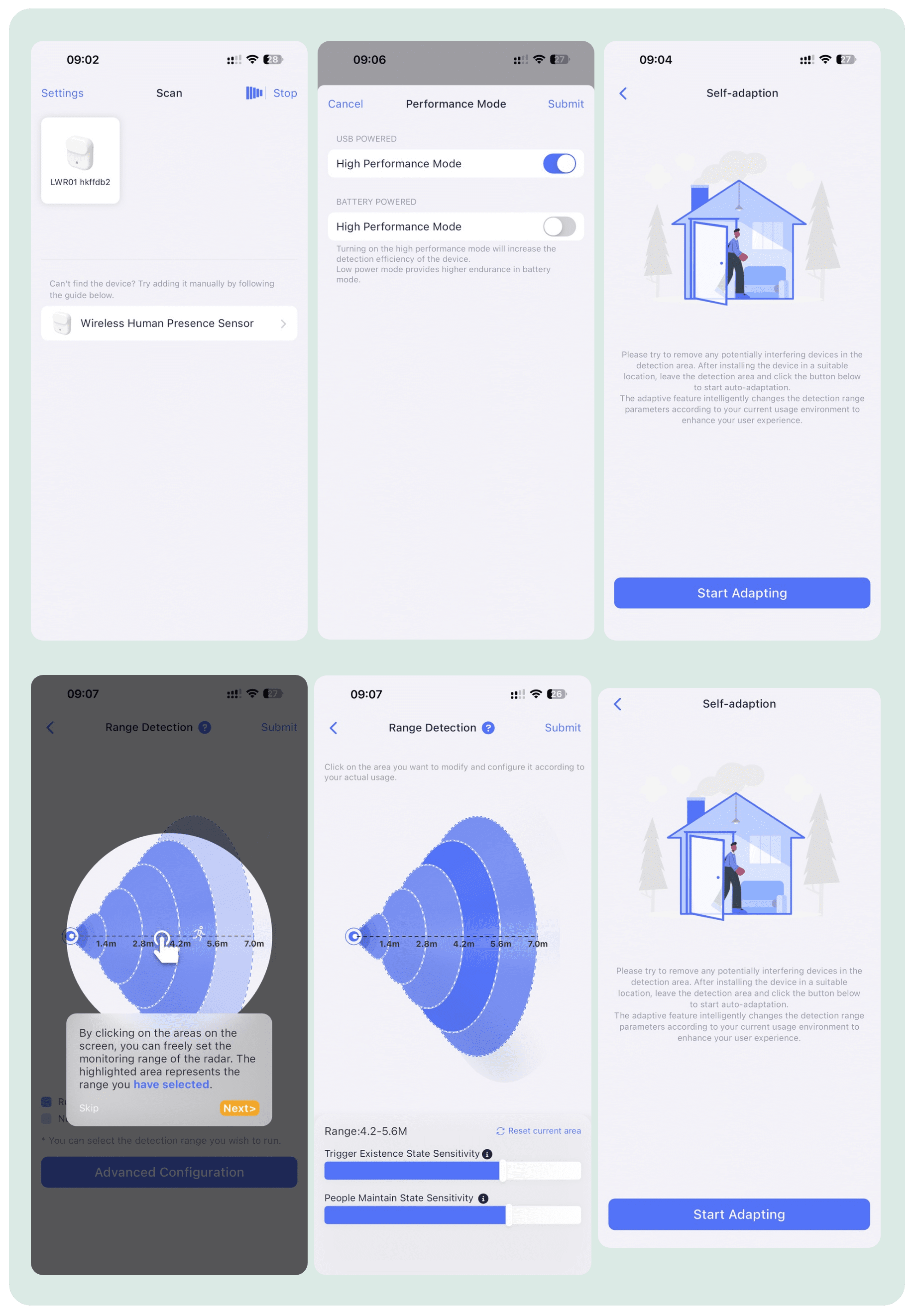
Now for the issues. I have a relatively large and complex Thread setup, so I sometimes have issues with my border routers. In this case, I have to say that the Lafaer LWR01 is one of a few devices requiring a power cycle to get back online.
My biggest complaint, however, is the ghost detection. I understand that radar has shortcomings and can be easily triggered by airflow or the delicate movements of plants and curtains. The mmWave signals can also bounce around, especially off glass and smooth surfaces.
The tuning and algorithm make a lot of difference, and in my experience, this is one of the worst so far. A key reason, I assume, is that the sensor does not have an assisting PIR sensor. Mature products like Aqara’s FP series utilize PIR to optimize the detection trigger. That is not the case for the Lafaer LWR01.
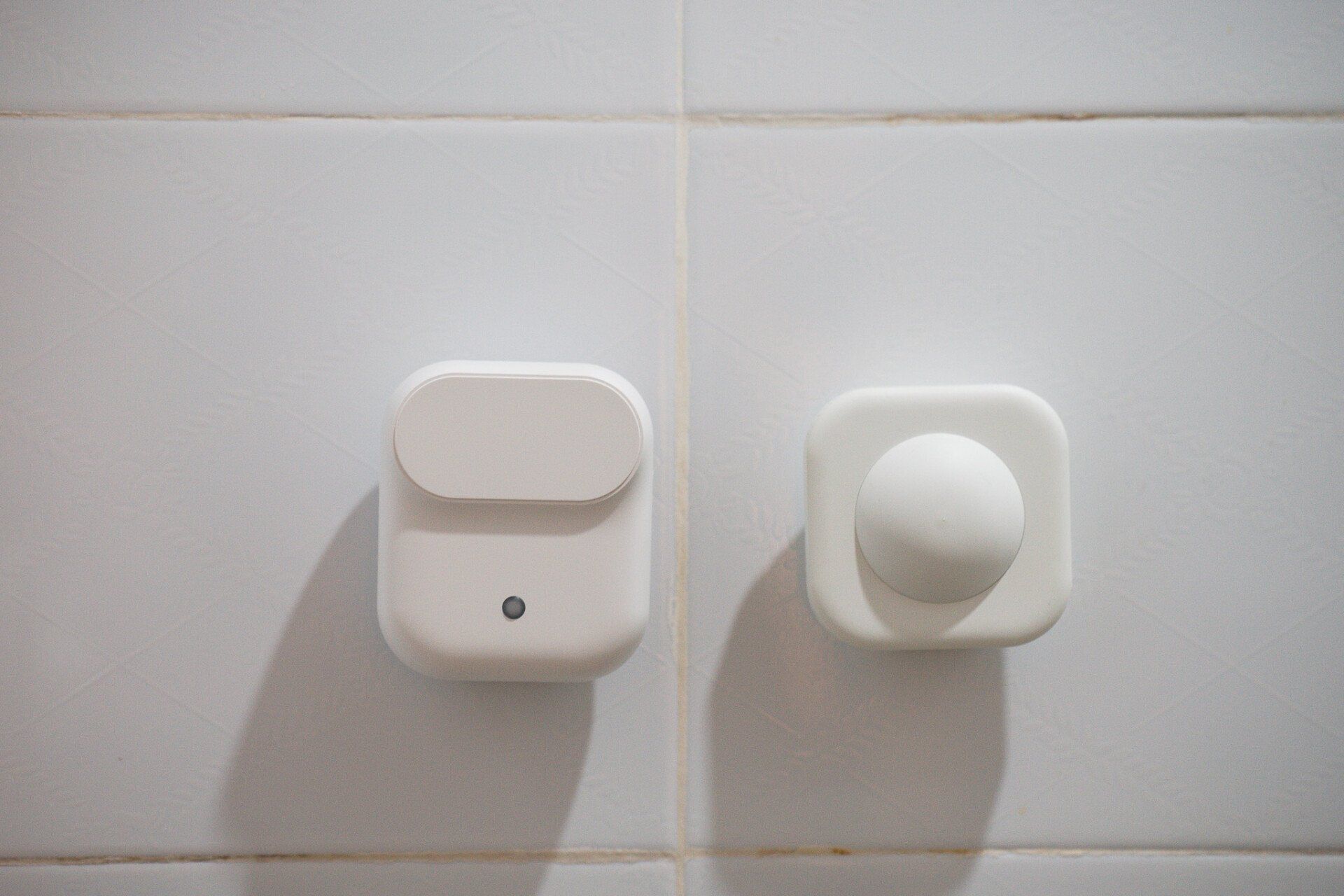
I first used it in my bathroom, but no matter how I adjusted its position, ghost detection persisted. It could even sense people meters away through a closed door. I then placed it in my bedroom, which has less glass, but it still couldn't hit a usable standard. My room was like Christmas Day, with lights randomly turning on and off. It took hours to adjust the advanced settings, but I still couldn't get it to work as well as a simple PIR sensor. However, a second unit from Lafaer improved things a lot, but it still took me some time to place and tune the sensor.
Another minor issue I encountered was that the sensor sometimes had trouble being shared with a third ecosystem. However, since most people typically use only two Matter platforms at once, this shouldn’t pose a problem.
Still worth it for some users
Technology-wise, I would say this is worth considering. It offers Thread, Matter, flexible power supply options, a local app for configuration, and decent battery life. It also has a sleek design and quality build – something cheaper options can’t offer.
For use cases, it could be a good option for smaller spaces without much interference, like cabinets. But for a large room with objects like fans, plants, and curtains, you should lower your expectations. That’s a tough job for all presence sensors, and the Lafaer LWR01 is one of the worst I've tested in that scenario. If the firm can release optimized algorithms, I would go with one without hesitation.
(Image Source: Matter Alpha/Ward Zhou)
